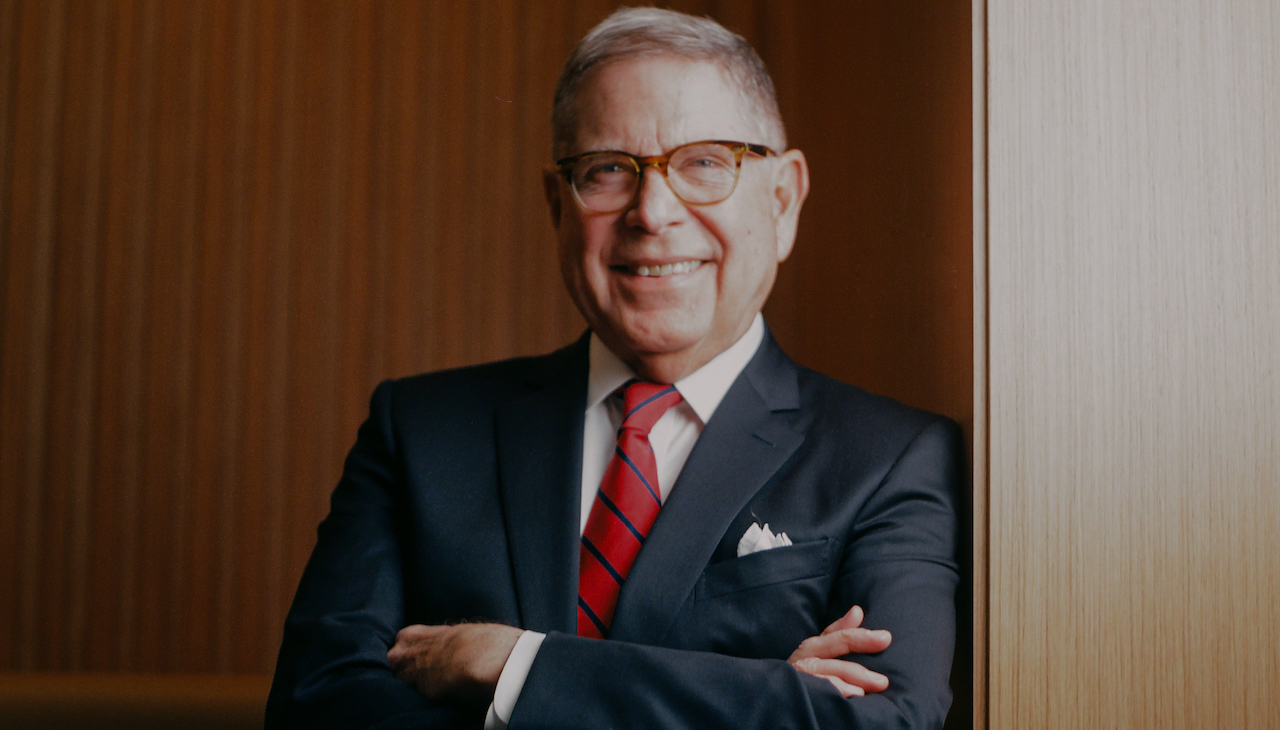
Alberto Ibargüen: Philanthropy's Great Social Investor
Whether it’s journalism, technology, or the arts, Alberto Ibargüen’s Knight Foundation always had creative, impactful solutions.
On Friday, March 24, 2023, Alberto Ibargüen, one of the U.S.’s biggest leaders in philanthropy and journalism, stepped down from his longtime post as the president and CEO of the Knight Foundation.
At its core, the foundation’s mission was conceptualized by American newspaper titans John S. and James L. Knight, who “believed that a well-informed community could best determine its own true interests and they entrusted future generations of trustees to do just that.”
In 18 years, Ibargüen, now 79, navigated a world wholly different from his predecessors. It’s one where the digital reigns supreme — whether in his longtime home of the news industry, his more recent in philanthropy, or in the arts, which Ibargüen funded heavily during his time at Knight alongside technology itself.
He would often quote founder Jack Knight (John) when describing his own approach to leading the foundation and its efforts to preserve the power of journalism.
“The question in my mind is not how to save the traditional news industry, but how to meet the information needs of communities in a democracy so that the people might, as Jack Knight put it, ‘determine their own true interests,’” Ibargüen would say.
In other words, he had to innovate — constantly — with a knack for creativity and with an energy that many of his colleagues would say was unmatched in the whole world of philanthropy.
“He has been visionary,” said Francisco L. Borges, chair of the Knight Foundation board. “Digital transformation has pushed us to find new ways to sustain our democracy and Alberto has provided us with the insights to do just that.”
An early Philly innovator
Ibargüen’s innovative quality is something that’s followed him throughout his life.
The first recorded instance Ibargüen spoke of was to the Philadelphia Inquirer in 2017.
To make ends meet, Ibargüen, then a young law student at the University of Pennsylvania, would hawk newspapers on the corners West Philadelphia. His favorite spot? The corner of 47th and Springfield Avenue, where he would catch women in the middle of discussing the drama of their daily lives as they came out of services at Saint Francis De Sales Catholic Church.
“Oh my God, your son didn’t call you? What? Well here, buy the newspaper, console yourself reading the Bulletin and the Inquirer,” he said.
The son of a Puerto Rican mother and Cuban father, that innovation is also rooted in the partial immigrant history of his family.
His Cuban grandmother moved her four sons to Philadelphia from the island during the Great Depression — a time where everyone needed creativity and innovation to keep afloat. She chose the City of Brotherly Love for the good reputation of its catholic schools, and Ibargüen’s dad and uncles all attended West Catholic High School.

Ibargüen’s parents met while his dad worked for the pharmaceutical company Sharpe & Dohme, which had its Caribbean headquarters in San Juan. It’s there, in 1944, where Ibargüen was born.
After ten years on the island, the family moved back to the U.S. mainland and Wyndmoor, PA in the Philly suburbs before finally settling in South Orange, New Jersey to better accommodate his dad’s transfer to New York.
Ibargüen would graduate from high school in New Jersey before attending Wesleyan University in Middletown, Connecticut in 1962. While there, Ibargüen was editor of The Wesleyan Argus — the U.S.’s longest-running, twice-weekly college newspaper, founded in 1868.
After graduating in 1966, Ibargüen would spend six years in the Peace Corps on assignment in Venezuela’s Amazonian region before rising to become a supervisor in Bogotá, Colombia.
Following the worldly experience, Ibargüen returned to his family’s U.S. roots in West Philly and got a law degree from Penn.
From law to the news
Eventually, his law career would take him back further Northeast to Hartford, Connecticut, where Ibargüen would be a legal aid lawyer for nine years.
It was also in Hartford, where Ibargüen would first join professional newsroom leadership, when he was hired as the senior vice president for finance and administration at the Times Mirror Company’s Hartford Courant.
He would later work for Newsday in New York City for 11 years before taking his first role at a Knight Ridder publication in Miami, as publisher of El Nuevo Herald.
Innovation at El Nuevo Herald
Three years later, Ibargüen would elevate to become the publisher of the Miami Herald, El Nuevo Herald’s English-language sister publication.
There, in the Magic City, Ibargüen’s innovation would strike again.
It was 1998, and the world — newspapers included — was on the cusp of an Internet revolution that would change society and usher in the digital reality we all know today.
But Ibargüen still had one more print innovation in him for El Nuevo Herald.
RELATED CONTENT
For its entire 21-year existence up to that point, the Spanish-language publication was a supplemental insert for the English-language Miami Herald. In 1998, Ibargüen led the expansion of that insert into a standalone daily publication that is published to this day and caters to South Florida’s ever-expanding Latino and Hispanic population.
In 2002, El Nuevo Herald won the Ortega y Gasset Award for being the best Spanish-language newspaper in the world.
Throughout his time at the Miami Herald, Ibargüen was confronted with the digital revolution of news, but had to navigate it as the daily news cycle churned out of the paper’s then-headquarters in Doral, Florida.
Making social investments
In 2005, he would be tasked with facing it head-on, as Ibargüen was hired as the new president and CEO of the Knight Foundation. Like his prior post, the foundation is based in Miami, but also operates in seven other U.S. cities where the Knight brothers made their fortune in news including: Akron, Ohio; Macon, Georgia; Charlotte, North Carolina; Philadelphia; Detroit; San Jose, California; and St. Paul, Minnesota.
Over the next 18 years, Ibargüen would find and explore ever-more creative ways to fund journalism in the new digital age, but also the arts, technology innovations and the city’s themselves in which Knight operated.
“My view from the beginning was that this was less a charity and more a social investment opportunity,” he told the Miami Herald in an interview after his retirement announcement. “In a charity, traditionally, you make the grant and you walk away. You’ll be rewarded in heaven. That didn’t strike me as a way that the Knight brothers ran their business. They were thinking about this as a social investment. You look in the community, you see what the issues are. You decide which ones you can do something about, and which ones you might have some impact on — short or long-term. And then you focus on those.”
The way Knight has allocated that social investment in Ibargüen’s time at the helm depends on the community. For example, in Akron and Macon, the focus has been on revitalizing the downtowns of the historically Black cities. In Miami and Detroit, the focus has been on the arts and Philly has seen investment in public spaces — physically restructuring them or using new digital tools to make them more accessible.

When it comes to the arts, under Ibargüen’s watch, Knight has dished out $466 million since 2005 — or on average, one fifth of the foundation’s total annual funding goes to the arts. Two examples of the results there include the digitization of the Motown Museum archive in Detroit and O, Miami, the city’s biggest poetry festival, which is celebrated annually in April for National Poetry Month.
“When we invest in music and museums, in poetry and performances, we are investing in the connections — shared experiences — that help to build a sense of community in our pluralistic society,” Ibargüen said, “and it’s also just plain fun.”
Navigating news’ digital decline
For journalists, in an age where information is abundant and trust is low, Ibargüen’s Knight Foundation has attacked the arising issues legally, entrepreneurially and academically.
In 2019, the foundation announced a commitment of $300 million over the next five years to fund scalable newsrooms with innovative, digital-first approaches to gathering and telling local news while promoting trust and media literacy.
That year also saw the creation of the Knight Research Network, created to study the changing trends of trust in American news.
“As the digital public square continues to evolve, the challenges to an informed citizenry will intensify, power will further consolidate, governments will exert global influence and political leaders will offer solutions that will range from prescient to disastrous,” Ibargüen said at a recent conference appearance. “The need for good data and thoughtful alternatives has never been more urgent.”
In stepping down, Ibargüen is also passing the torch to a new visionary who will see Knight into its next phase of impact, just as he did 18 years ago. He left the staff with a reminder upon his announcement.
“We believe in free speech, engaged communities in all their diversity, and in equity and inclusion. Operationally, we do not run programs but instead support programs and ideas by people and organizations that actually get things done. Nothing is more satisfying than to be able to support brilliant insights and innovation by capable people and say, ‘I never imagined that but it’s exactly what I had in mind,’” he said.


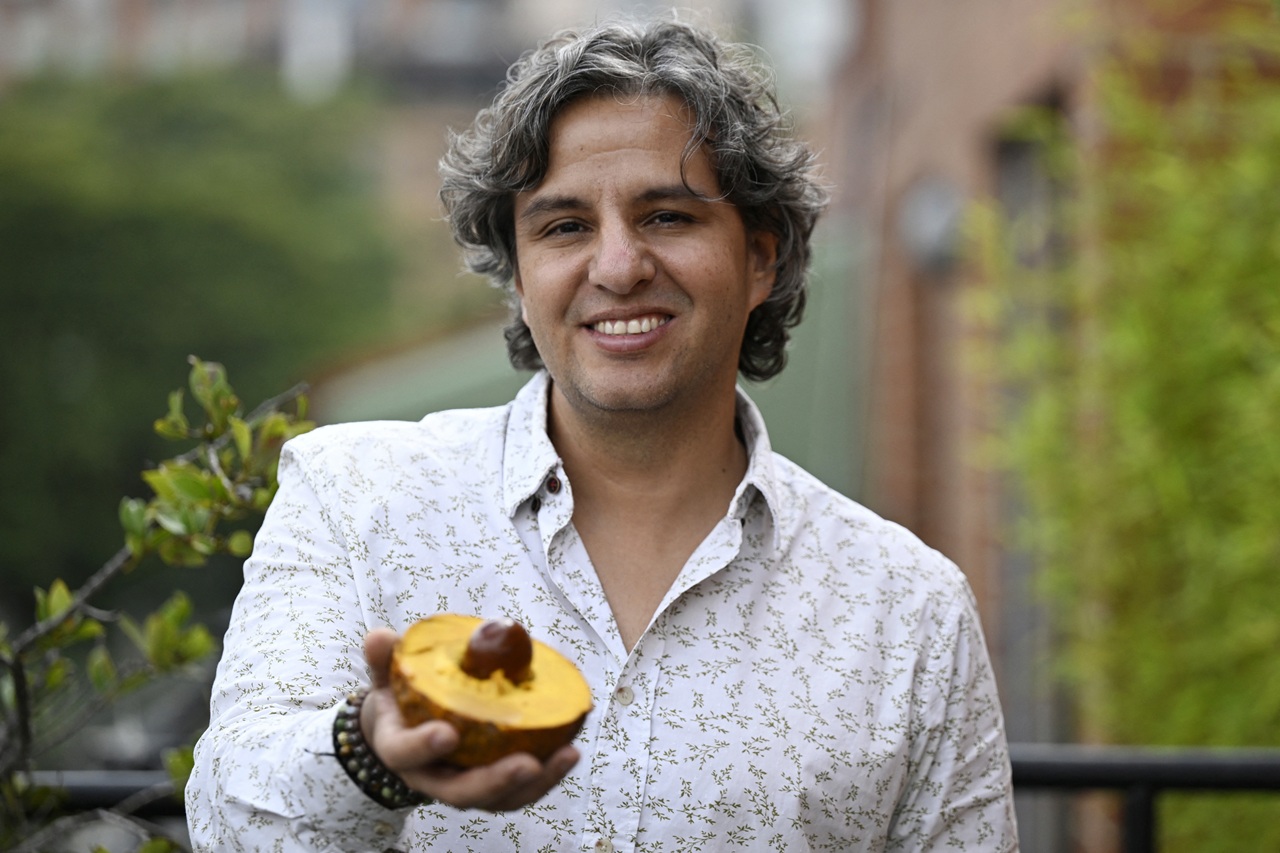

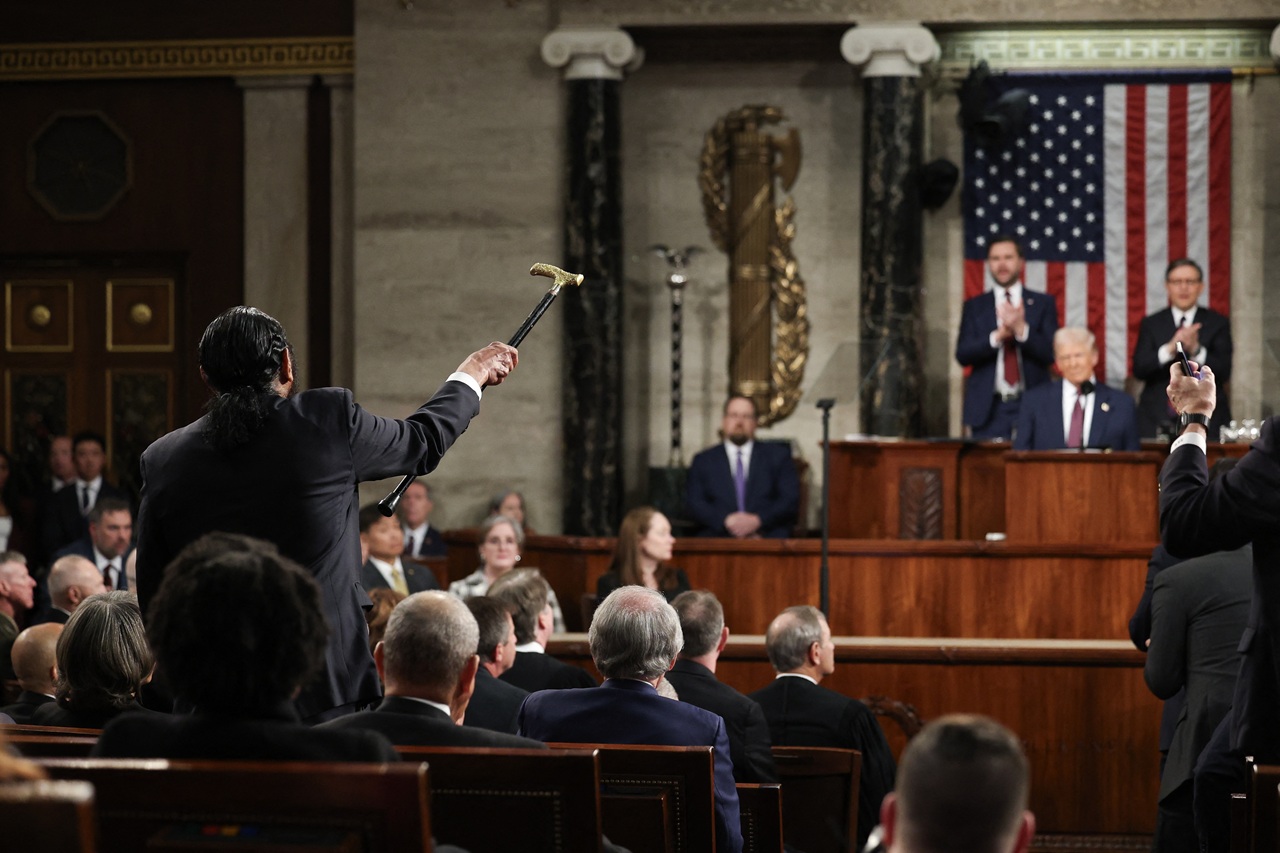

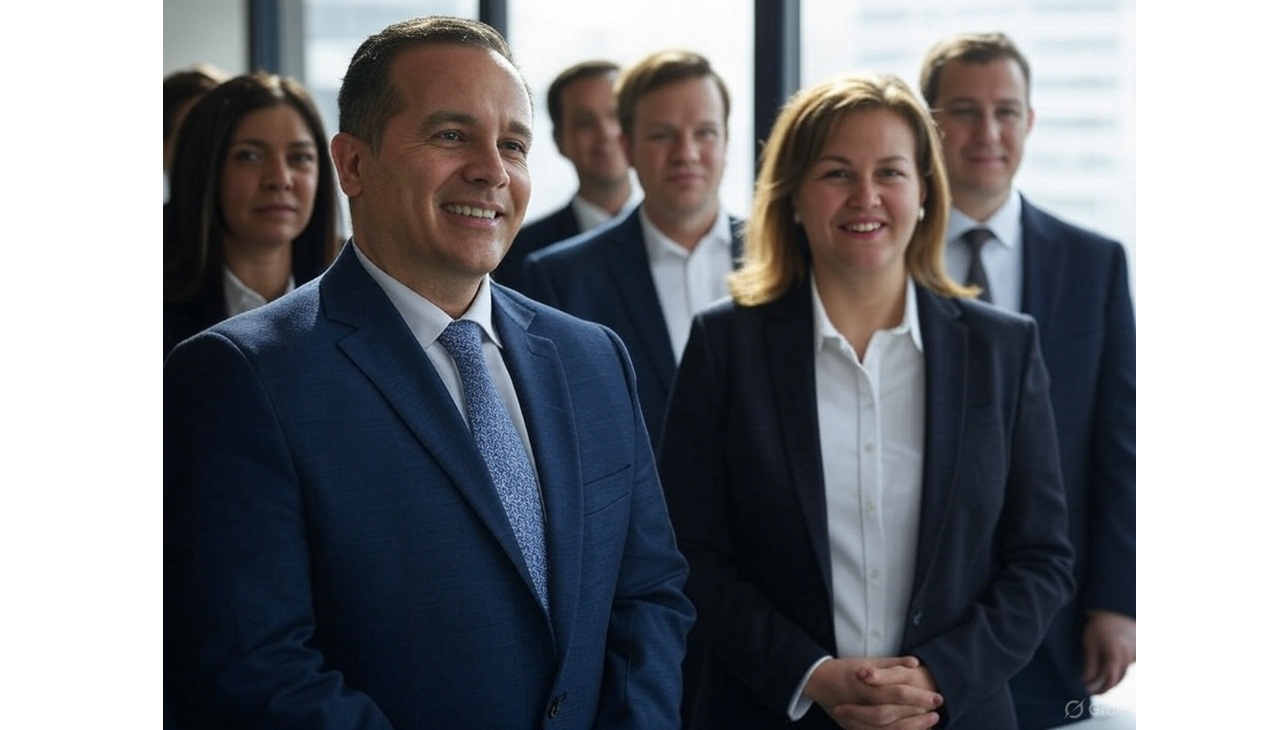
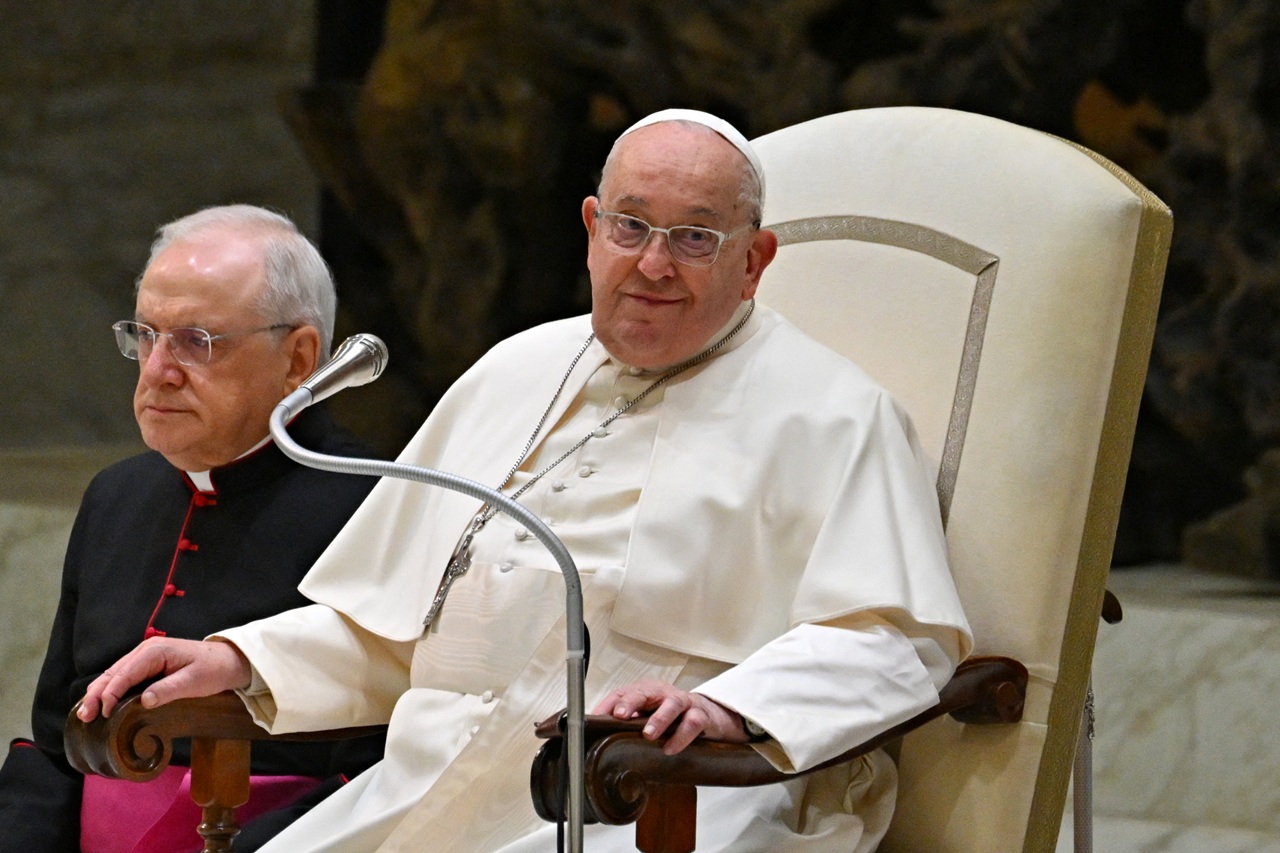
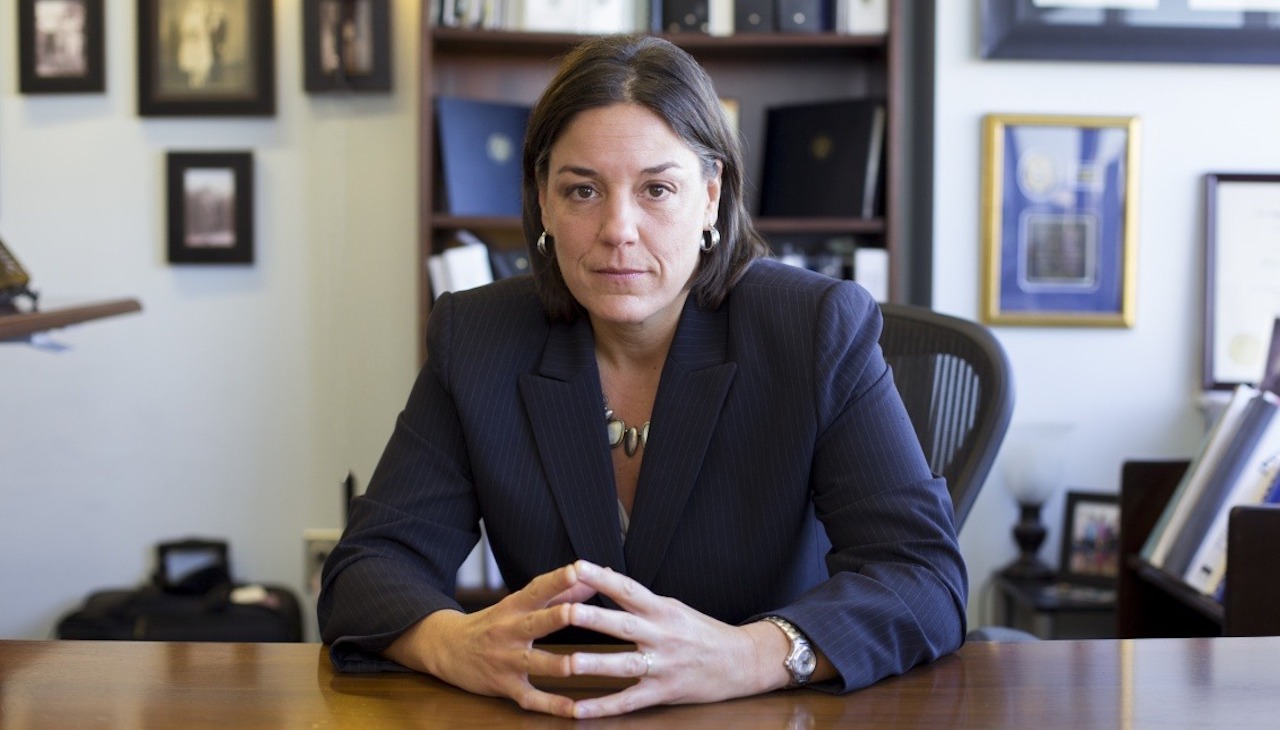

LEAVE A COMMENT: